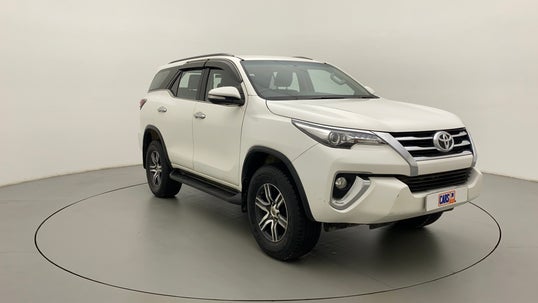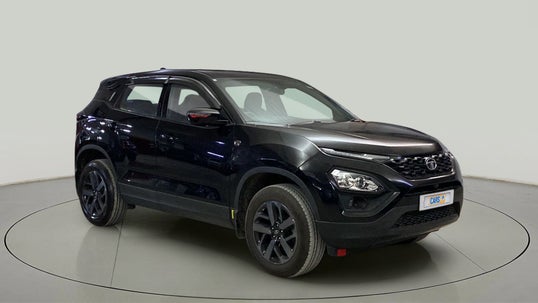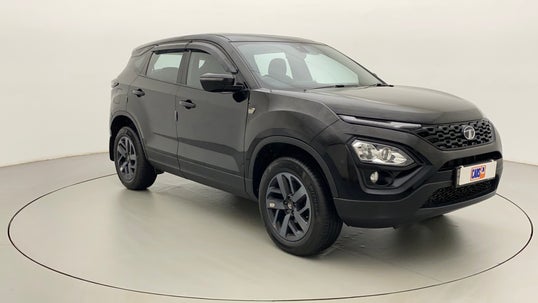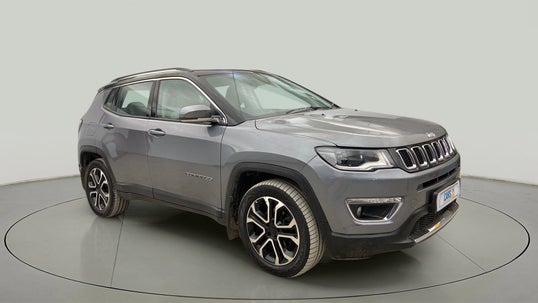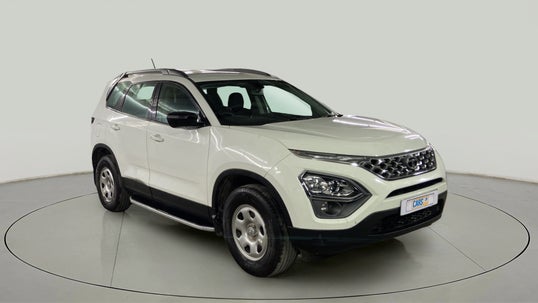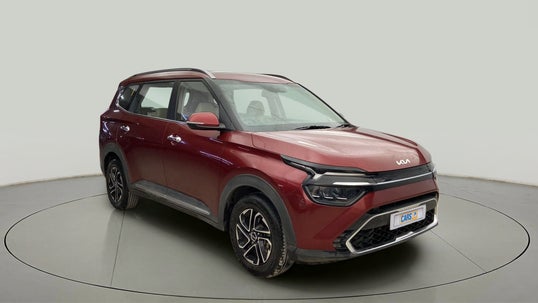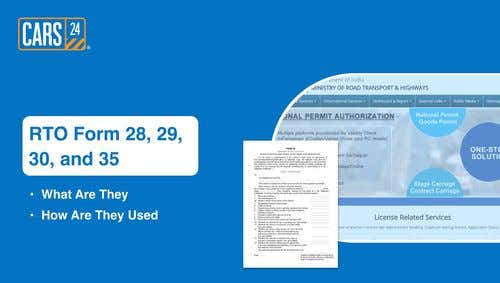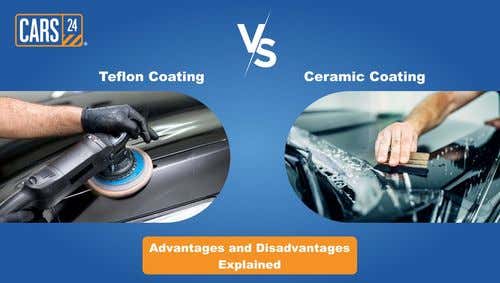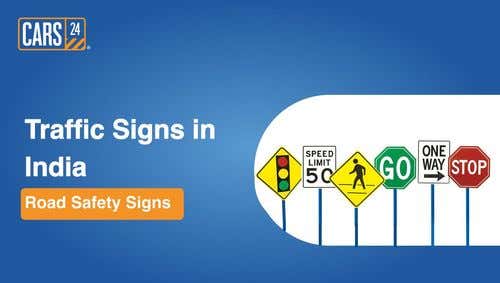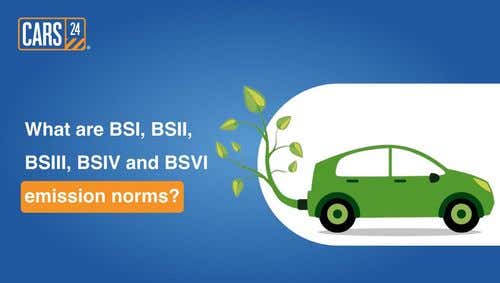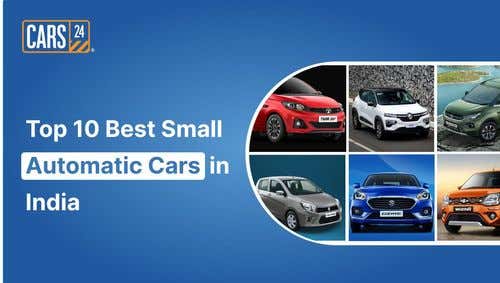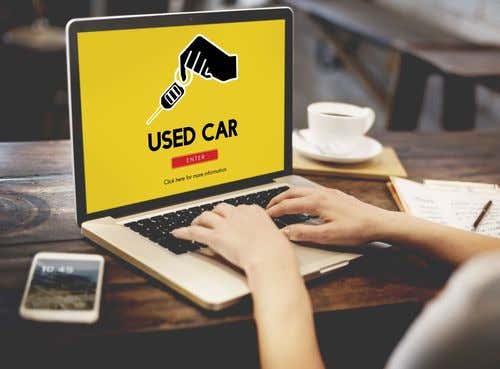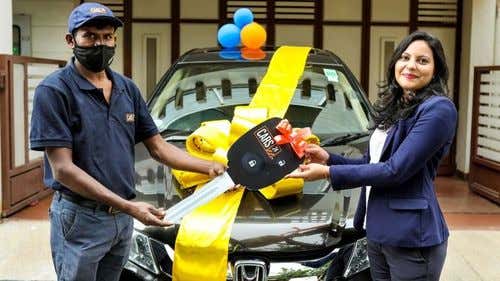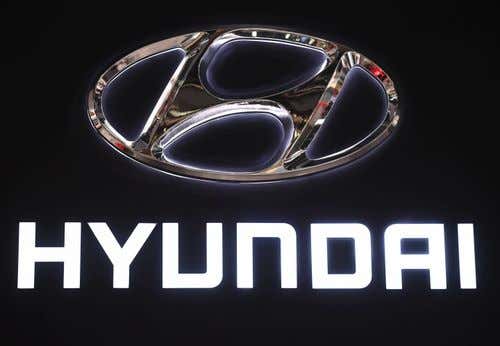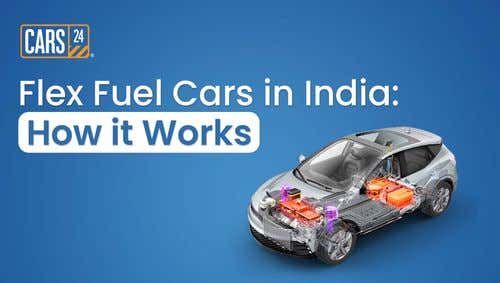Top 10 Tips to Keep your Car in a Healthy Condition

Updated on: 7th March, 2023 IST

Nowadays, getting a vehicle suited for your specific needs- daily commutes or extended road trips is fairly easy. It is a fantastic feeling to finally be driving your dream car, but things don't stop there. To enjoy every ride in your dream car, you must put in the time and effort necessary to keep it in top shape, and that too, almost regularly. A well-maintained vehicle not only performs flawlessly but also offers you good returns when you decide to sell it. Most car owners often overlook this essential step: caring for and maintaining the car to ensure its optimal performance and longevity.
Faulting here will lead to your vehicle losing its value quickly, becoming unsafe for extended drives, and requiring costly repairs because of wear and tear of critical components.
When properly maintained, every vehicle is guaranteed a longer lifespan. Here are some simple, easy-to-remember pointers for your vehicle's maintenance so that it retains its value and requires as few repairs as possible.
Table of Contents
Know your car:
Study your owner's manual for car maintenance advice. It will also explain how often you should change the oil and air filter. Learn about the engine, transmission, suspension, and brakes. This will explain how each system works and interacts.
Your car's maintenance schedule is also available in your owner's manual. Follow the schedule to keep your vehicle running smoothly. Maintain a car maintenance log.
If you're comfortable, try changing the oil or rotating the tyres. You can save money on mechanic fees by doing simple tasks yourself.
Change oil regularly:
Start the engine for a few minutes to warm up the oil. This loosens the oil and makes draining easier. The oil pan is usually under the car near the engine. Put the drain pan under the oil pan and drain the oil into it. Remove the oil drain plug with a socket wrench. The oil will drain once the pin is removed.
Locate the oil filter near the engine's front and remove it. Once the filter wrench loosens, remove the old filter and install the new oil filter. Apply a thin layer of oil to the rubber gasket to seal any leaks. Tighten the new filter with the wrench. After this, clean and install the oil drain plug in the oil pan. Check your owner's manual for the right type and amount. Add engine oil with the help of a funnel. Changing the oil in your car is an essential maintenance task that should be performed regularly.
Replace important fluids:
Just like the human body, a car's body contains vital fluids crucial to its health. Some of these fluids include brake oil, coolant, and wiper water. On most panels, a brake oil sign lets you know when to top it off. Your car may overheat and stop working if the coolant levels drop. Overheating frequently causes the wirings to catch on fire as well. This might become problematic if you're in a remote area with few services nearby.
Change filters:
Engines may pull dirt, dust, debris, and sand, potentially damaging the engine air filter because a dirty engine air filter reduces engine efficiency. A fresh engine air filter gives your car the clean air it needs for combustion. As a result, garage professionals advise regularly checking the engine's air filter and replacing it as needed at increased mileage intervals.
Check brakes, belts, batteries, and tyres:
Critical elements of a car include the battery, belts, and brakes. Make sure they are performing at their best at all times. Inspect the braking system at least once every three months. An excellent battery typically lasts for a year and a half. Check distilled water levels of older batteries.
Tyres experience the most wear and tear. Car owners must check the condition of their tyres. It is easy to identify when a tyre needs to be replaced by checking for warning signs such as wear of the treads and rubber cracks.
Read More: When Should You Change the Tires of Your Car? – Complete Guide
Check air pressure and monitor the tyres' treads. Inadequate air pressure increases the risk of a tyre blowout and reduces fuel efficiency. Additionally, check for other problems like loose tyres. Conducting regular checks and maintenance can help save money.
Juice up the battery:
A good car battery will typically last up to one and a half years, depending on the manufacturer. The battery can drain more quickly if the car is not driven frequently or is used to power electrical accessories when the engine is not running. To help keep the battery charged, drive your vehicle regularly and unplug any electrical accessories when the engine is not running. Additionally, check the level of distilled water in older batteries.
Lookout for warning signs:
Always pay attention to the cautionary signs on your car's dashboard or instrument panel. Ignoring them puts your safety and the health of your vehicle at risk. Some typical warning signs include brake oil, seatbelt use, and an open window.
Read More: Warning Lights In Your Car: What Do They Mean?
Replace worn wipers & clean windows and lights:
Although changing windscreen wipers may not seem necessary, as a car owner, you cannot avoid this straightforward maintenance advice. When it rains or snows heavily, visibility can be affected by wipers that aren't working correctly or have worn-out blades.
Therefore, if you notice worn-out blades, you must replace them. Thankfully, wiper blade replacement won't be a burden to car owners because of how cheap they are.
Before embarking on a ride, check if all of the vehicle's lights, including the headlights, parking lights, reverse-gear lights, sirens, horns, and fog lights, are in good working condition. It is mandatory to perform this entire check-up procedure. You could get into trouble if you ignore even one of them.
Testing the car lights is one of the most crucial auto-maintenance suggestions. Broken lights or bulbs can make your vehicle less visible on the road, especially at night, which raises the risk of accidents.
Check all lights- headlights, taillights, daytime running lights, signal lights, and fog lights, to ensure they are all in perfect working order.
Clean the interiors & exteriors:
Each time you wash your car, be sure to vacuum and sponge the interiors. Both spilt liquids, like soda and dirt particles, can be corrosive. Use a powerful vacuum to thoroughly clean the interiors (small cordless models are generally too weak). When vacuuming, use the appropriate wand heads. Surfaces can be damaged and scratched by the bare metal wand. Clean vinyl surfaces with a sponge dipped in a water solution and mild detergent.
Washing and cleaning cars may seem insignificant compared to other car maintenance advice, but it is one of the fundamental tasks to be performed to keep the vehicle in good condition. Owners of cars must vacuum the interior and wash the exterior. Cover the car's grille and bumper by layering them with clear tape to prevent pebbles from hitting and damaging them.
To keep the paint virtually intact, wax and polish the car twice or thrice a year. Remember to use a high-pressure jet to wash your car, paying particular attention to the underside. Road grime can collect on a car's bottom, so removing this tough dirt and grime is essential. You can seek professional assistance if you need help to complete it.
Check emission control:
Because of global warming, everyone must contribute to lowering their carbon footprint. Checking the emissions of your car is one way to achieve this. Get your car checked for emissions and air pollution according to the guidelines established by the national and local regulatory bodies in the place you live.
Conclusion
It is essential to familiarise yourself with your car before performing maintenance. Do not ignore these:
- Your owner's manual: It is a valuable resource containing information about your car's specific maintenance recommendations. It will also provide instructions for basic maintenance tasks, such as changing the oil or replacing the air filter.
- Your car's systems: Familiarize yourself with the different systems in your vehicles, such as the engine, transmission, suspension, and brakes. This will help you understand how each system works and how they all interact with each other.
- Your car's maintenance schedule: Your owner's manual will outline your vehicle's maintenance schedule, specifying when specific tasks should be performed. Following this schedule is essential to keep your car running smoothly and safely.
- Maintenance tasks you must perform: Create a log of all the maintenance tasks you have performed on your car. This will help you stay on top of future maintenance needs and ensure that everything is noticed.
- Basic maintenance skills you must do: If you're comfortable with it, consider learning some basic maintenance skills, such as changing the oil or rotating the tyres. This will allow you to take care of simple tasks and save money on mechanic fees.
FAQs:
Several essential services should be performed on a car to ensure that it is running smoothly and safely. These include changing the oil, checking tyre pressure, checking headlights, and so on.
Adopting some of the more engine-friendly driving behaviours listed below can prevent undue strain.
Avoid abrupt starts and stops, never press the gas pedal down, and avoid overloading to reduce wear and tear.
Drive frequently to maintain battery health.
Avoid potholes and rough roads; don't park outside; and don't block driveways.
The lifespan of a car was significantly shorter in the past than it is now. A typical vehicle should now last for about 12 years or 200,000 miles. Electric cars, for example, are more advanced and can travel up to 300,000 miles.
The TCO calculator evaluates the cost of maintaining a car over the next few years and accurately displays car ownership. Here are a few low maintenance vehicles: Maruti Suzuki Alto, Hyundai Xcent Prime, Hyundai Santro, Renault KWID, Datsun Redi Go, Tata Tiago, and Hyundai Santro.
Recently Added Cars to Buy
Other Blogs
- Recent
- Featured
Popular Cities to Sell Car


